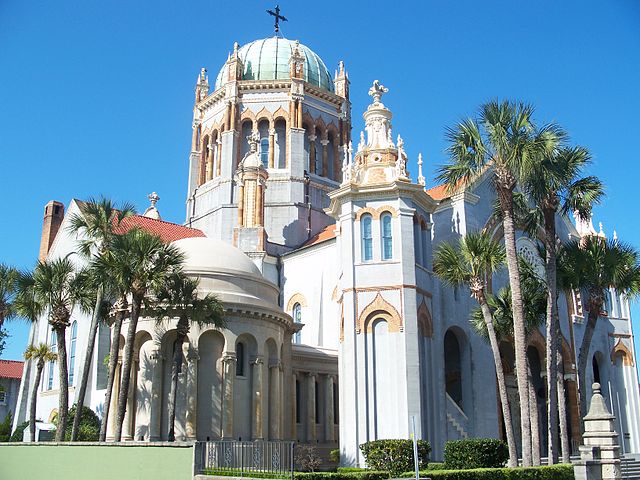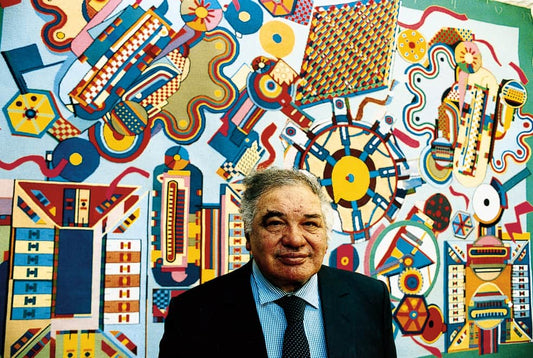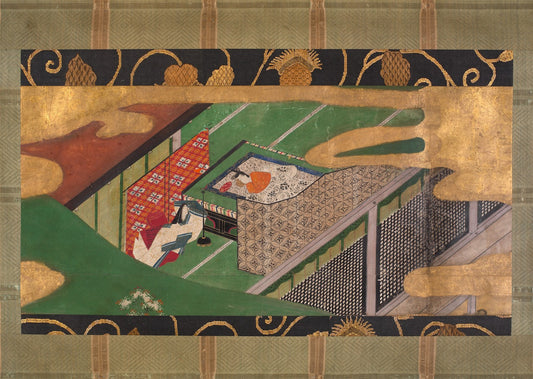Feature image: Flagler Memorial Presbyterian Church via Wikipedia
The Flagler Memorial Presbyterian Church
The Flagler Memorial Presbyterian Church, best known as the Memorial Presbyterian Church, is a historical church in St. Augustine. It is an unmistakable part of St. Augustine’s architecture and history. Being a native of Florida for nearly twenty years, I have visited and immersed myself in the church’s art and backstory. The Memorial Presbyterian Church is a century-spanning landmark, surviving the Civil War and standing today as a form of memorabilia. For the past 200 years, the church has attracted millions of tourists and visitors yearly. The Memorial Presbyterian Church is an iconic building full of religious significance and architectural skill, linking it to 19th-century St. Augustine.
The Memorial Presbyterian Church is the first Presbyterian church in Florida. Reverend Dr. William McWhir made the first plans for constructing the church in January 1925. The goal was to have “a house to worship,” and the project took five years. According to the Staug Press, “The cost of the building totaled $5,000 as well as an additional $500 for the property on South St. George Street (located across from the current Cathedral Parish School gymnasium).”During the 1860s, when the Civil War happened, no services were held at the church, but “the Union army used the building for military purposes.” This was a time when the church assisted the community during a time of need and uncertainty. However, once the war ended, the church returned to its function of being a house of worship.
The Memorial Presbyterian Church contains a wide array of architectural masterwork. Its primary influence was St. Mark’s Basilica in Venice, and incorporates architectural designs of “Spanish, Moorish, Italian, and Baroque style.” The church was built in “the Second Renaissance Revival architectural style” and “out of concrete mixed with crushed coquina stone.”
Interestingly, the Memorial Presbyterian Church connected with Henry Flagler, who funded and managed the project. In 1889, the church was given to Henry Morrison Flagler, an American industrialist who founded Flagler College and the Ponce de Leon Hotel. This church was rededicated as a memorial of Flagler’s only daughter, Jenny Louise Benedict, who had died during childbirth, giving meaning to the “memorial” within the church’s title. Eventually, the church memorialized Flagler himself, along with his first wife, Mary Harkness. According to Historic Coast Culture, the entire Flagler family is “entombed in the Flagler family mausoleum at Memorial.”
In the 21st century, the Memorial Presbyterian Church has faced significant damage from hurricanes. In October 2017, St. Augustine, Florida, was hit by Hurricane Irma, which caused massive flooding and damage. Following the storm, footage of the damage was broadcast on the news for locals like myself to see. In addition, Staug Press wrote, “The Memorial Presbyterian’s copper dome underwent a major restoration.” Fortunately, the restoration repaired the 900-pound cross toppled from the top of the dome, making “several holes through the copper.”
The Memorial Presbyterian Church remains an essential and iconic architectural building in St. Augustine. The church is an unmistakable landmark for residents and locals, as a house of worship that withstood artificial and natural disasters. The church had served as a sanctuary for those during the Civil War and Henry Flagler’s family. Today, the church serves as a sanctuary for St. Augustinians and visitors alike.
©ArtRKL™️ LLC 2021-2023. All rights reserved. This material may not be published, broadcast, rewritten or redistributed. ArtRKL™️ and its underscore design indicate trademarks of ArtRKL™️ LLC and its subsidiaries.







